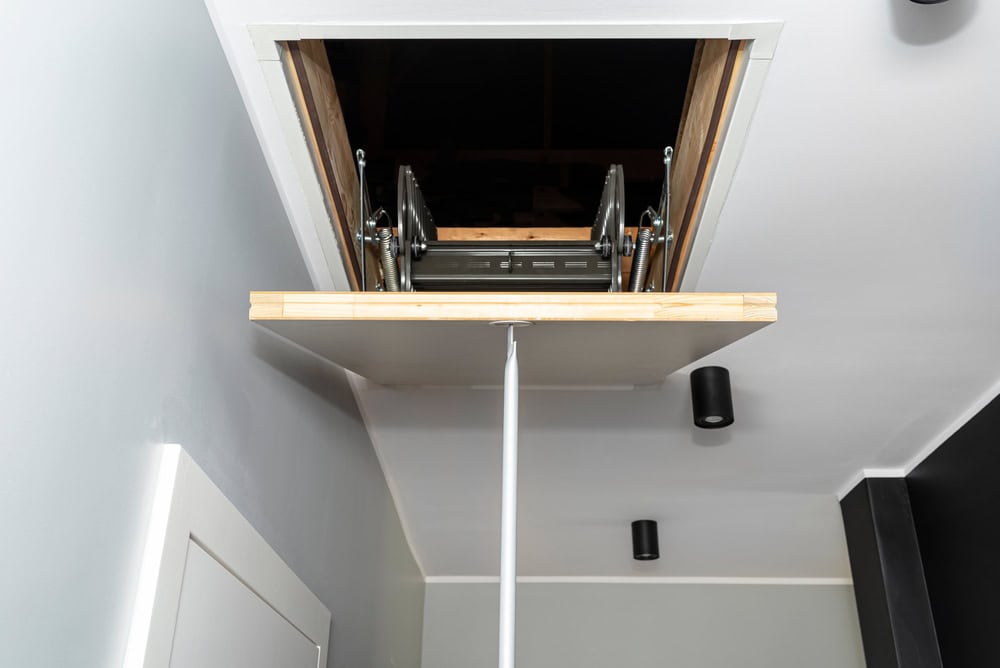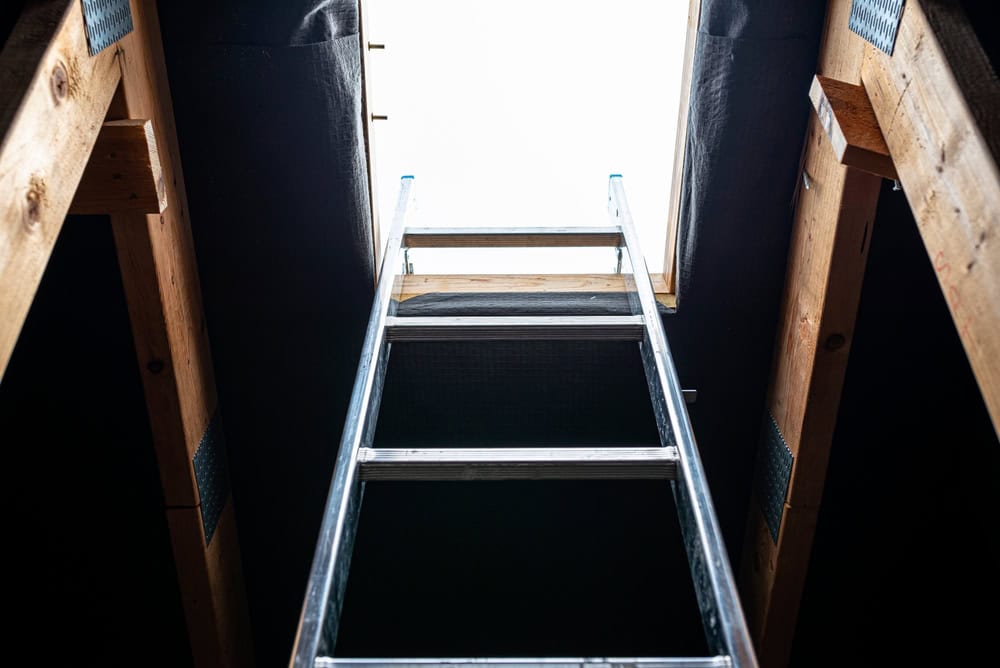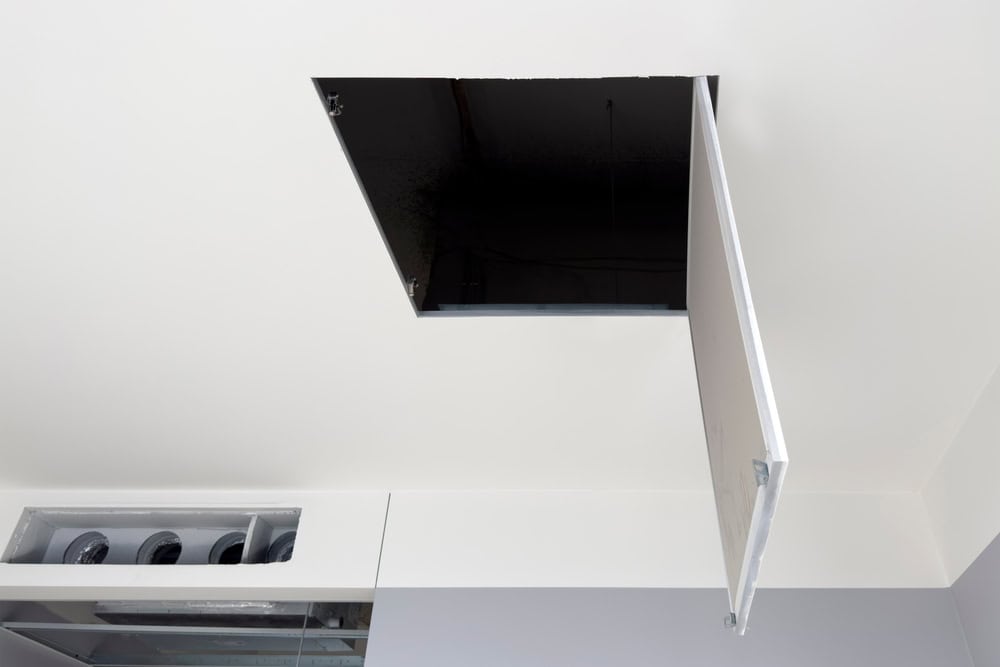Sealing Your Attic Hatch to Save Energy

An unsealed attic hatch is one of the biggest energy-wasters in a home. Without proper weatherstripping or insulation, warm air escapes through the gaps, increasing heating and cooling costs. Fortunately, there’s an easy two-step solution to fix this problem.
The Problem

- Air Leaks: Warm air rises and escapes through the loose joints of an unsealed attic door, wasting energy.
- Displaced Insulation: Fiberglass insulation around the hatch is often moved away and not replaced because it’s difficult to reinstall.
Two-Part Fix

-
Weatherstrip the Hatch:
- Apply adhesive-backed weatherstripping to the edges of the hatch or its frame.
- Trim it to size with scissors and press it firmly in place to seal gaps.
-
Insulate the Hatch:
- Cut a 1-inch rigid foam insulation sheet into pieces the size of the hatch.
- Stack several layers and glue them together with foam insulation adhesive.
- Attach the foam to the hatch door using adhesive or long screws. The foam’s weight creates a tight seal against the weatherstripping
Benefits of Sealing the Hatch

- Prevents heat loss in winter and heat gain in summer.
- Reduces energy costs by improving overall insulation.
- Improves comfort by stopping drafts from the attic.
Another benefit is knowing if your house has any problems that could have been missed during construction. Your home inspector might find water infiltration, mold or mildew, or mineral deposits in your foundation and basement walls that were missed during construction. These discoveries can prevent you from wasting time and money later on down the line when these problems start showing up unexpectedly.